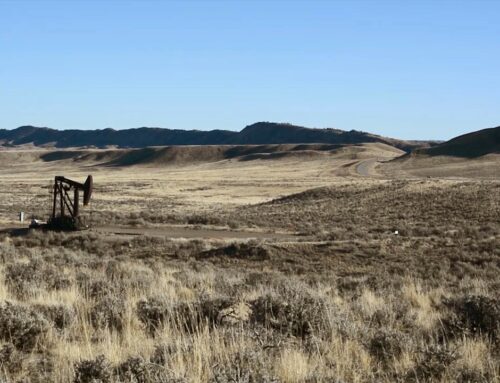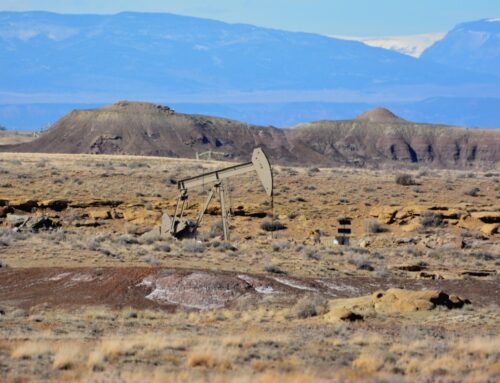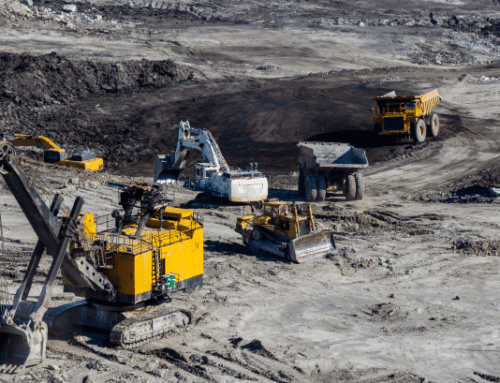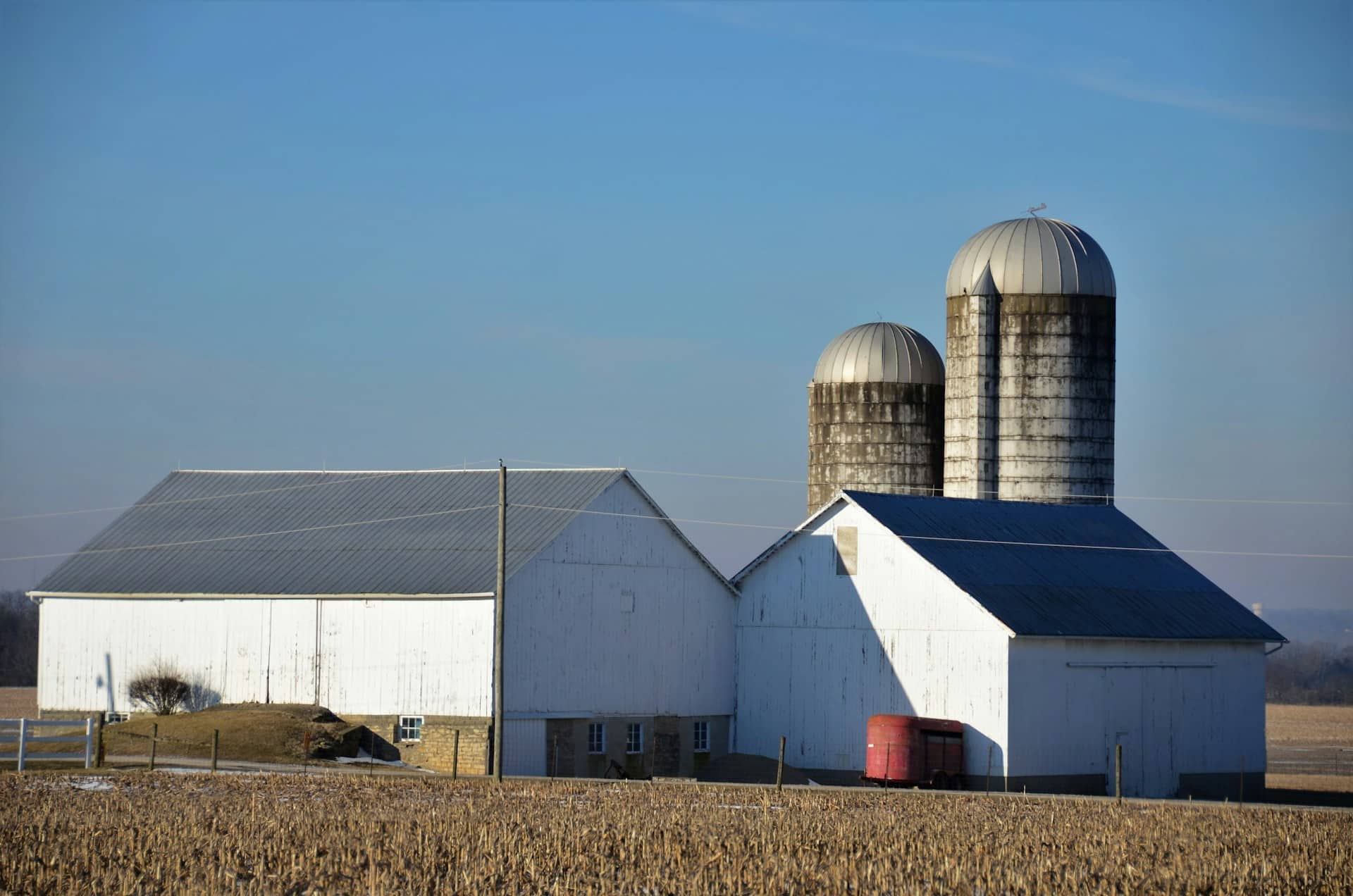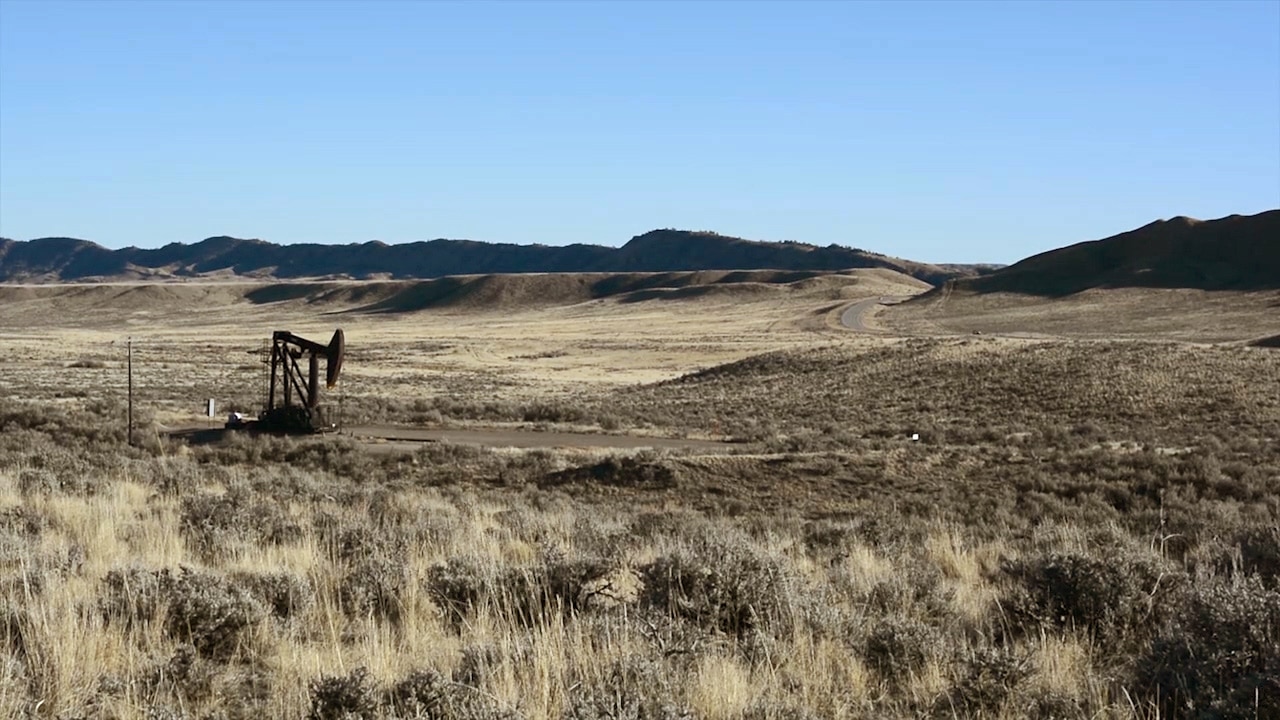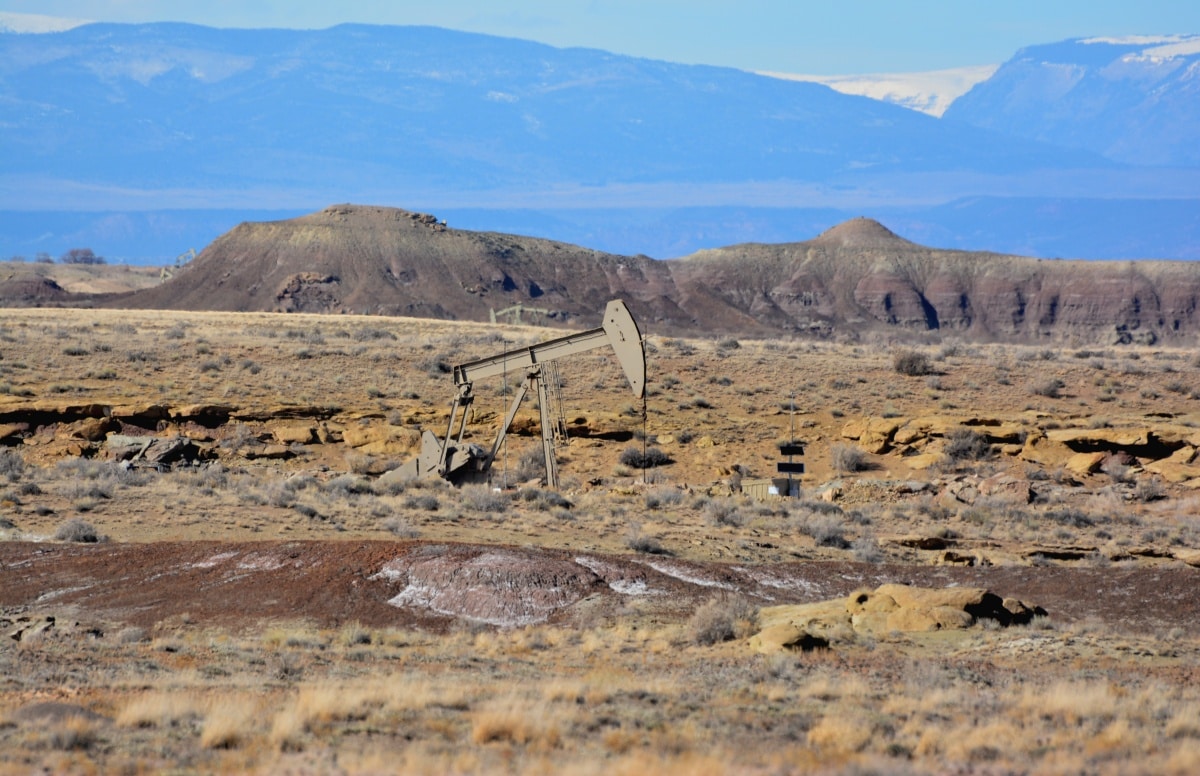Originally published October, 2012
Over the years the coal industry has received billions in federal subsidies, in a variety of forms including direct grants, loan guarantees, tax free bonds, and tax deductions. The following database is an ongoing project to identify specific recipients of these federally-backed subsidies. This first iteration links several Department of Energy subsidies provided for coal-fired power plants that use applicable clean coal technologies dating from 1985 to the present day.
In addition to the subsidy data, the database details project information on approximately 50 coal-based power plants, including total project cost, date of project completion, project owners, project partners, status of the project, location, generating capacity, plant type, project type, and if the project plans to use carbon capture and sequestration technology.
Methodology
In compiling the Coal Subsidy Database, TCS staff reviewed project fact sheets and related informational publications produced by the Office of Fossil Energy’s Major Demonstrations programwith supplemental data collected from the U.S. Government Accountability Office and Congressional Research Service. Within the Major Demonstrations program there are four sub-programs with a mission to demonstrate the commercial viability of “clean” coal projects. These sub-programs include Industrial Carbon Capture and Storage, Clean Coal Power Initiative, Power Plant Improvement Initiative, and the Clean Coal Technology Demonstration Program. Moreover, the American Recovery and Reinvestment Act of 2009 funded the Department of Energy’s flagship “clean” coal power plant and is included in the database.
As mentioned above, the database details federal subsidy values as well as project information for approximately 50 coal-based power plants.
Terms of Use
Because all of the data we offer is public information, we ask that all users agree to these basic terms of use, that:
- information provided by TCS in whatever form is meant for research, educational, or journalistic purposes only;
- TCS Data shall not be used for commercial purposes, to solicit contributions, or sold to third-parties;
- and that appropriate credit will be given to TCS for all reports, articles, mashups, or other use of our data, including a link back to our website for all items published on the web.
For more information, please contact Autumn Hanna at (202) 546-8500 x112 or autumn [at] taxpayer.net.
Coal Subsidy Programs Summaries
Industrial Carbon Capture and Storage (ICCS)
With funding provided through the American Recovery and Reinvestment Act of 2009, the ICCS program is DOE’s latest ‘clean coal’ program for projects seeking to demonstrate large-scale carbon capture and sequestration (CCS) technology. The goal of the program is to develop CCS technologies at a commercial scale through a cost-share subsidy program in which taxpayers could be on the hook for up to 80% of the total project cost. Only one of the three projects selected by the program is coal-based; the other two include a biofuel production plant and a methane/hydrogen production plant. All three projects are currently active as of August 2012.
See the ICCS program webpage here.
Clean Coal Power Initiative (CCPI)
The three-part CCPI program began in 2002 and has selected 18 total projects for funding, seven of which have withdrawn, one still in negotiations, and ten of which are active or complete. The goal of the program is to demonstrate a wide variety of advanced ‘clean coal’ technologies at a commercial scale. While the first two rounds of funding for CCPI focused on technologies that reduce a range of pollutants, the third round focuses on commercial demonstration of carbon capture and sequestration technology. The Department of Energy offers cost-sharing subsidies of up to 50% of total project costs.
See the CCPI program webpage here.
Power Plant Improvement Initiative (PPII)
This program was established in 2000 with the intent of demonstrating on a commercial scale a wide variety of ‘clean coal’ technologies such as emissions control systems and byproduct utilization at existing and new coal-fired power plants. The PPII was intended to supersede the Clean Coal Technology Demonstration Program of the later 1980s and 1990s. Five plants were initially selected, of which one withdrew. The remaining four projects were completed as of 2008.
See the PPII program webpage here.
Clean Coal Technology Demonstration Program (CCTDP)
The CCTDP was established in 1986 in an effort to reduce acid rain as a result of regional coal-fired power plant emissions. A total of 57 projects were funded, of which 24 withdrew and 33 were completed — a success rate of just 58%. Projects were selected over five rounds of funding through the mid-2000’s, though the last successful project was completed in the late 1990’s.
See the CCTDP program webpage here.
American Recovery and Reinvestment Act of 2009 (ARRA)
Passed in 2009, ARRA provided up to $3.4 billion in subsidies for ‘clean coal’ technologies. Among the many projects that benefitted from these subsidies was the FutureGen Initiative. This particular project was earmarked for $1 billion. Plagued with constant cost increases and overruns, the most recent project plans aim to create a 250 megawatt ‘clean coal’ power plant by retrofitting a 65 year old power plant in Meredoisa, IL.


